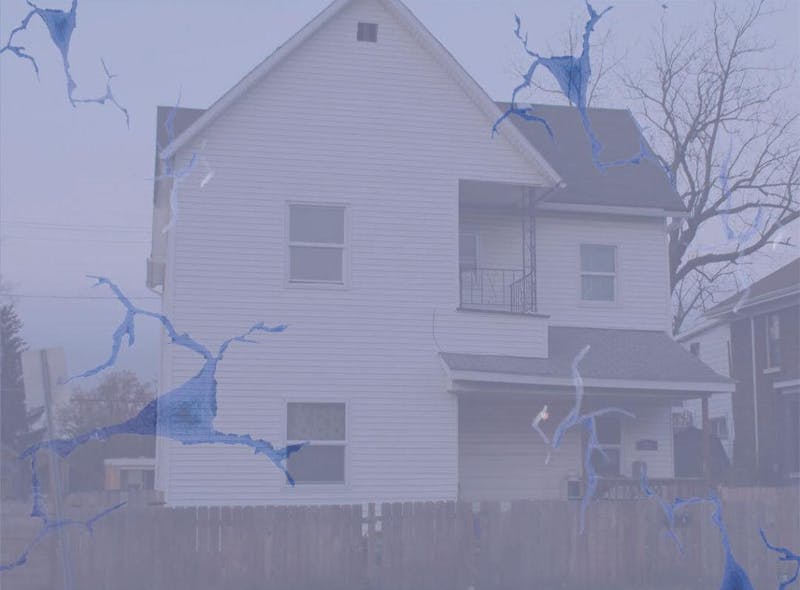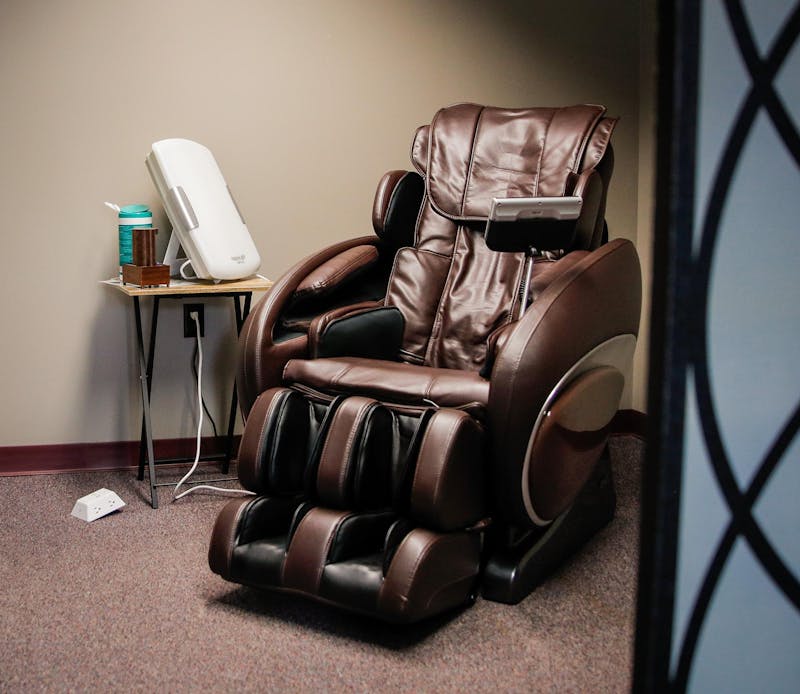
Katie Catterall is a freshman journalism major and writes “In Between the Lines" for The Daily News. Her views do not necessarily agree with those of the newspaper. Write to Katie at khcatterall@bsu.edu.
Editor’s Note: The following story mentions struggles with mental health and attempted suicide. If you or someone you know struggles with thoughts of suicide or mental illness, call 1-800-273-8255 or visit suicidepreventionlifeline.org. For further information regarding these topics, please visit nimh.nih.gov.
“Just because you can’t see it doesn’t mean it isn’t there.”
These words became more than just words for me my senior year of high school. They became my life.
The stigma that people face for having a mental illness can be daunting. It’s not easy to ask for help to begin with, and it becomes especially hard when mental health care is not easily accessible or affordable.
Unlike physical illness, mental illness is not easily visible.
But, for me, it was visible in the scratches on my arm, in the way I lost interest in the hobbies I once loved, in the way sleep became an escape, in the risky choices I made in the hopes of getting an adrenaline rush, in the way I planned my own death.
You might be thinking, why did I let it get to that point? Why didn’t I get help?
After six months of struggling, I was closer than ever to taking my own life, so my parents got me into therapy. I’m one of the lucky Americans who have decent health insurance, but 42 percent of Americans see high costs and poor insurance as a barrier to accessing mental health care.
Before insurance, my once-a-week therapy appointments were $165. The psyche evaluation I went through in order to get medication was $275, and my most recent mental health check-up was $190.
For someone with insurance that does not cover mental health services or no insurance at all, getting help for mental illnesses can be nearly impossible. They may suffer in silence due to the lack of affordability and accessibility of these services.
It’s not just money, though; it’s also a lack of general awareness.
Schools put a large emphasis on stopping bullying but fail to address mental health issues. In fact, rates of anxiety and depression have increased in children aged 6-17 since 2003. Many children are not getting help for these issues, either.
I didn’t get help because I was afraid of being branded as “crazy.” I had no clue what was wrong with me, and I didn’t know who to talk to or even how to talk about it.
I realize now there is absolutely nothing to be ashamed of when seeking help. There is nothing to be ashamed of for going to counseling or taking medication. By taking a step toward recovery, those suffering are actually being extremely brave.
Once I started therapy regularly, I realized how brave I was, too, for taking charge and refusing to let my anxiety and depression kill me. I took another step forward and started on medication. Since then, I have been on a steady path to recovery. I still have bad days, but for the most part I am genuinely happy.
A combination of stigmatization, affordability of resources and awareness overall are creating a toxic environment for those with mental health issues.
We have to do better for our generation and future generations because lives are literally at risk. Every 12 minutes in the United States, someone dies by suicide. Because September is National Suicide Prevention Month, it is more relevant than ever to examine this growing crisis.
Getting help saved my life. Just getting the diagnosis confirming that yes, I do suffer from generalized anxiety disorder and major depressive disorder helped me see that what I was feeling was very real, and that I wasn’t alone in suffering from these disorders.
I was lucky, but others before me have not been and others in the future will not be if we as a society do not do something. People will continue to turn to suicide as a solution if we as a society do not stand up and find ways to make mental health care accessible and afforable and destroy the stigma surrounding it.





The Daily News welcomes thoughtful discussion on all of our stories, but please keep comments civil and on-topic. Read our full guidelines here.